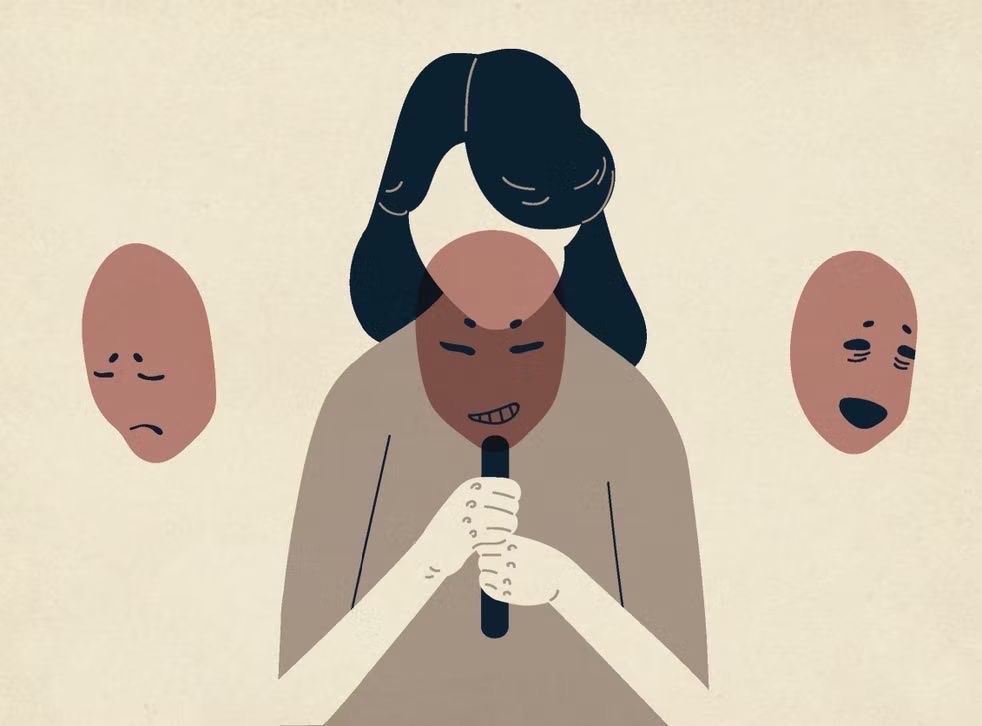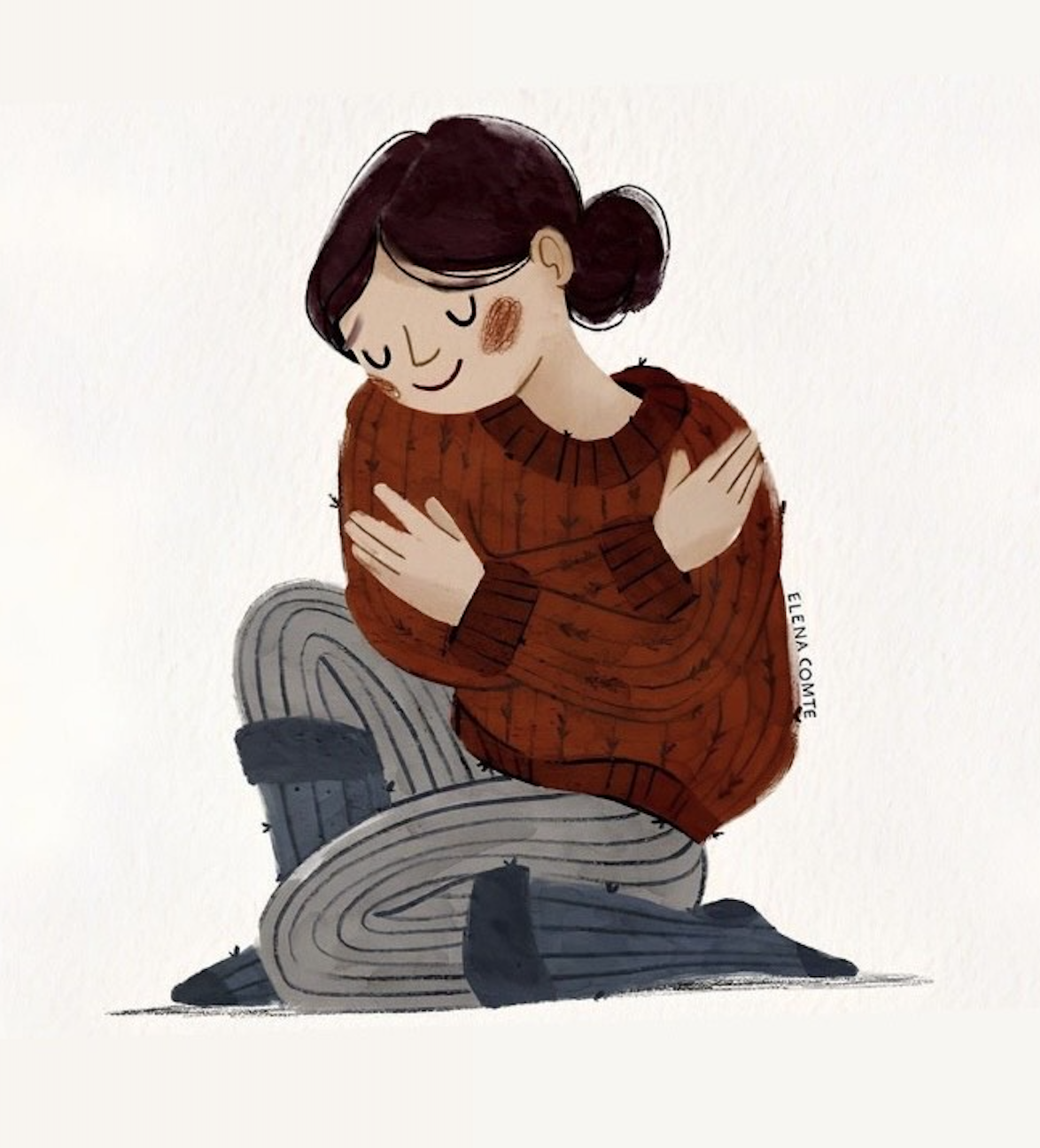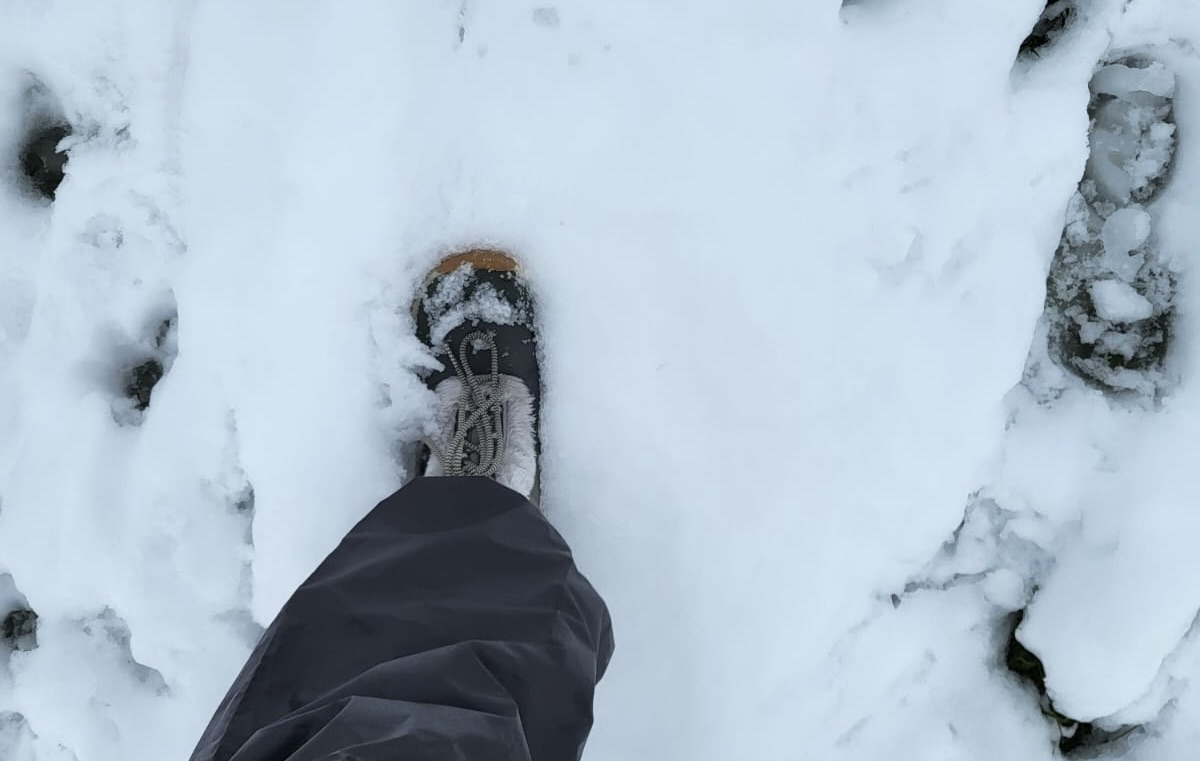Embracing my neurodiversity
For most of my life, I thought I was just “too anxious” or “too sensitive.” Social situations drained me, changes in routine threw me off, and masking all day left me completely wiped out. I didn’t have the words for what I was experiencing — just this constant sense that I was out of sync with the world, like everyone else had read a secret rulebook I never got to see.
Adulthood & burnout: When coping wasn’t enough
I thought I was handling things okay — or at least surviving — until I made the life-changing decision to move abroad. That’s when everything got harder. I experienced burnout for the first time — real, bone-deep exhaustion. I felt paralysed by all the things I had to do, and the anxiety became relentless.
I couldn’t mask as well as I used to, so I’d constantly get asked, “Are you okay? You look uncomfortable,” which would put me under a spotlight I absolutely hated. For me, masking meant constantly suppressing how anxious I felt in social situations — am i making the right expression, nodding when I didn’t understand, forcing eye contact when it made my skin crawl. I copied the way others interacted just to pass as “normal,” even if it felt unnatural. I kept a neutral face because showing emotion didn’t come easily, and I worried I’d be seen as too much or too cold.

image ref: Pinterest Rebel Mickelson
I struggled to make friends and often preferred to be on my own, but I didn’t want to seem rude or uninterested. I avoided showing how overwhelmed I got when routines changed or when the lights were too bright, the sounds too loud. Sometimes I’d go non-verbal from the overload — but I’d still try to push through, quietly panicking inside. I even taught myself to hide repetitive movements or fidgeting so I wouldn’t draw attention. People thought I was coping — but I was just performing.
So naturally, I couldn’t stay on top of everything. And as things spiralled, my depression deepened. I struggled with self-harm and suicidal thoughts. In a last-ditch effort to “fix” myself, I reached out for professional help.
A new perspective: Could I be neurodivergent?
That’s when a mental health professional suggested I might be autistic or possibly have ADHD. Honestly? I laughed. I didn’t see myself as someone with a “disability.” I just thought I sucked at coping. But the more I read, the more things started clicking. Suddenly, all the things I’d been blaming myself for began to make sense.
Facing rejection, finding my own voice
I started the process of seeking a diagnosis — but when I needed help with my developmental history, my parents shut it down. They didn’t believe me. Their rejection cut deep. It didn’t even matter whether I was autistic or not — just knowing they wouldn’t accept me either way was devastating. So, I paused the diagnosis journey and shifted focus to something more important: understanding myself.

image ref: Beyaz Karanfil on pinterest
Learning myself, on my terms
I started recognising patterns — like how I go non-verbal sometimes and find it easier to answer yes/no questions. How I do best with structure but still need a bit of flexibility. How overstimulation isn’t something I can just “get over” — it’s something I have to manage with care. I began being more honest with the people around me — about what I need, how I feel, and when I need space. I stopped forcing myself into situations that drained me just to seem “normal.” I slowed down. I listened to my body. I chose comfort over expectations.
Finding my people
At first, it was hard having to explain why I needed to do things differently. But then I realised — it took me years to understand myself, so of course it might take others some time too. Eventually, I found people who didn’t just try to understand — they adjusted. I’ve become more vocal about my needs and feel comfortable telling people exactly what I need and how I need it. It makes everything easier — for me, and for those around me. And perhaps the most healing realisation of all? I was never asking for too much.
Acceptance: I’m not broken
Acceptance, for me, came when I let go of the idea that I needed to be “fixed.” I don’t. I’m not broken. I’m just wired differently — and that’s okay. Now, I’m learning to work with my brain, not against it. I don’t have it all figured out, but for the first time, I feel like I’m finally on my own side.
Moving forward: This time, it’s for me
Recently, I made the decision to restart the diagnosis process. I’ve heard enough stories from my parents over the years about what I was like as a child — I’ll use what I remember and what I do know, even if they’re not ready to support it. I know it’s a long journey, and it might take years, but I’m ready. Because getting the help I need is worth it. And this time, I’m doing it for me — not to prove anything, not to “justify” anything, but because I deserve support. Acceptance starts with me. And the people who truly love me? Their feelings won’t change just because there’s a label. If anything, they’ll finally understand me better.
Closing thought
To anyone else walking this path: you are not alone. You are not broken. And you deserve to be understood — by others, yes, but most importantly, by yourself.
Read more about neurodivergence on the MindMate Neurodiversity Information Hub – for those with or without a formal diagnosis of ADHD or Autism.

